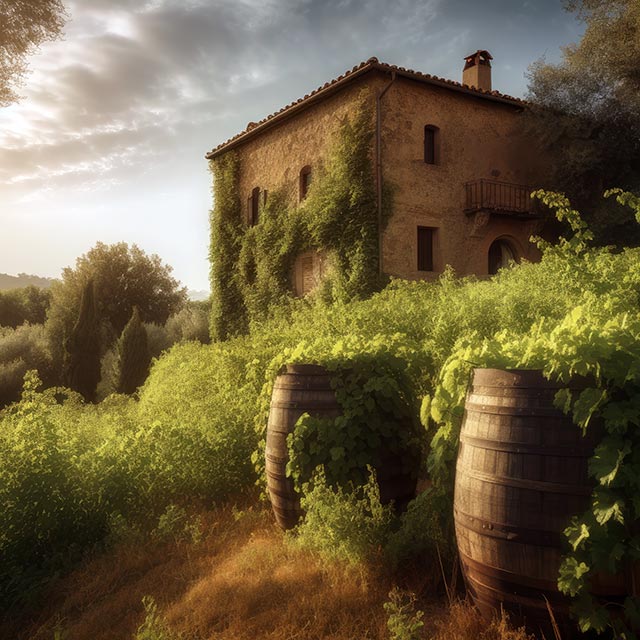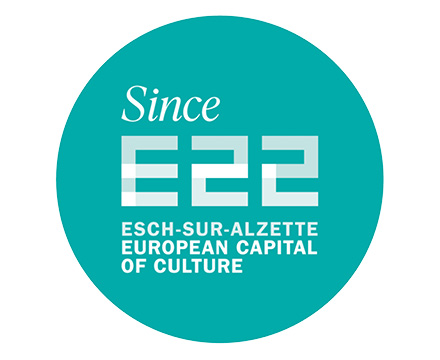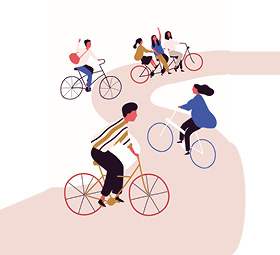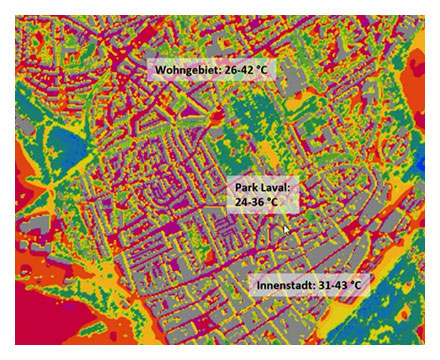 Tutti Frutti
Tutti Frutti


The role of orchards and their trees
Orchards through the ages
Orchards in Europe have a rich history, from ancient times to the present day, and have undergone significant developments over the centuries.
From the first fruits to Roman gardens

The first evidence of the use of wild fruit dates back to the Neolithic period, when it was probably forest fruit.
The Romans were the first to plant fruit imported from Central Asia such as vines, apple, pear and plum trees around their villas and homes.
They also developed techniques for preserving them.
Historical evidence suggests that pears, for example, were eaten in China, Egypt and Mesopotamia as early as 4000 BC.
The upheavals of the 18th and 19th centuries
Fruit trees were mainly grown for home consumption. In the 18th and 19th centuries, however, the cultivation of fruit trees in Europe expanded considerably due to industrialisation and improved cultivation and transport techniques. Growing fruit for sale made it more accessible to the growing population.
Revolutions in fruit growing: the 20th century
In the 20th century, technical innovations revolutionised fruit growing and led to significant improvements in fruit production. The golden age of fruit growing began after the Second World War. Commercial orchards were established on a large scale to meet the growing demand for fresh and processed fruit to feed the population.
However, the second half of the 20th century saw a sharp decline in the number of orchards. This decline was mainly due to agricultural intensification and urbanisation, but also to social developments, reflected in changing consumption habits and neglect of orchards. Areas close to settlements were often converted into building land, reducing the space available for orchardse.
A new impetus for today’s orchards
Orchards, especially private orchards, which were once part of the natural and landscape heritage of our communities, are now disappearing everywhere. Despite this decline, public policies have made considerable efforts in recent decades to plant new trees and preserve old orchards, particularly in response to environmental concerns.
These areas have become real areas of challenge that need to be the subject of reinvention. Biodiverse orchards continue to play an important role in regions such as Spain, Italy, Poland, Greece, France, Romania, but also in Luxembourg, Germany, Austria, Switzerland… These efforts include planting new trees and preserving old species, using the fruit to produce drinks and food in short circuits, raising awareness to avoid food waste, helping with maintenance or even passing on traditional knowledge.

In conclusion, European orchards have undergone many changes from Roman times to the present day and, despite the challenges they face, they remain an essential part of our natural and cultural heritage.
Orchards today: a treasure trove of benefits
At a time when the climate, environmental and social crises are taking on ever greater proportions, it is essential to transform our cities into natural oases. This transformation requires a profound re-evaluation of our urban practices, prioritising proximity, biodiversity and local agriculture. Urban orchards are positioning themselves as key players in this transformation.
Not only do they play a role in feeding the population, but they also provide educational, social and cultural spaces that invite city dwellers to reconnect with nature and build community relationships. Their contribution to the creation of green corridors, cool islands, biodiversity conservation and environmental protection is invaluable in creating more sustainable and resilient cities.

o Food/nutritional role: production site for healthy and local food
o Biodiversity role: ideal habitat for a wide variety of animals and storage place for old varieties of fruit…
o Role in climate, ecology and urban development: oasis of freshness, carbon sequestration, improvement of air and soil quality, beautification of the city…
o Educational role: sensitising the population to the following themes: a new relationship with nature, seasonality and the influence of the weather, local food, the fight against food waste, learning gardening techniques…
o Social and cultural role: space for nature, breathing and encounters: generators of exchanges between city dwellers around the moments of harvesting, processing and preserving… The fruit tree is a wonderful tool for changing the way city dwellers look at the urban environment.
This text is based on information from various sources.










